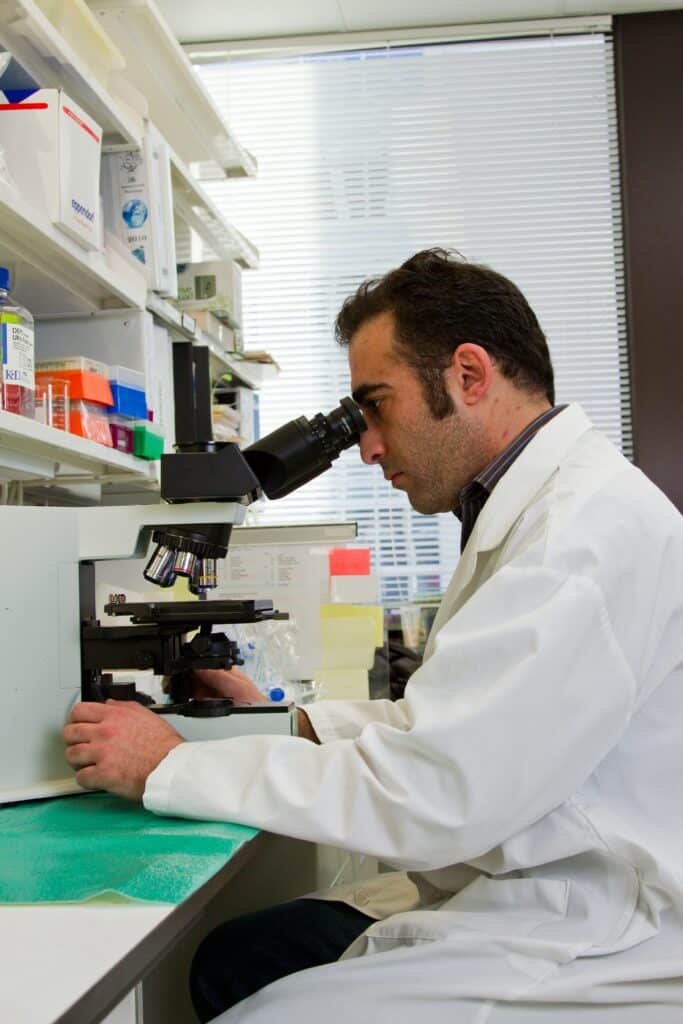Preimplantation Genetic Testing for Monogenic Disorders (PGTM) is an essential tool in modern assisted reproductive technology. It offers a glimmer of hope for couples looking to avoid passing on genetic disorders to IVF-conceived children. Knowing more about how it works and why it is so vital sheds some light on how it improves reproduction and protects future generations.
Understanding PGTM
PGTM is a type of genetic test done on embryos created through in vitro fertilization (IVF). It primarily aims to detect embryos that carry particular gene mutations related to monogenic disorders. Small changes in a single gene cause single-gene disorders and can have serious health implications. PGTM testing allows for early detection of these mutations, which helps make decisions regarding embryo implantation, reducing the chances of passing on genetic diseases.
The IVF Process
IVF consists of multiple stages, the first of which stimulates the ovaries to create many eggs. The eggs are collected and later fertilized with sperm to create embryos in a lab. Embryos are observed over the next few days and allowed to reach the blastocyst stage, when PGTM can be carried out. In this testing, a tiny number of cells from each embryo are analyzed to determine their genetic composition.
Choosing the Right Embryos
After PGTM is completed, embryos are categorized according to their genetic makeup. Embryos without harmful genetic mutations are deemed fit for implantation. Selecting for these traits increases the chance of a healthy pregnancy and decreases the risk of genetic disorders in offspring. This knowledge allows couples to choose which embryos to transfer, depending on their family planning.
Benefits of PGTM
One of the main benefits of the testing is that it can help to avoid genetic diseases in the offspring. Couples with a history or risk of passing on genetic disorders can screen embryos to mitigate or even eliminate that risk before implanting the embryo. This approach can offer emotional and financial relief, helping avoid the challenges involved in managing genetic diseases for both the child and the parent.
Ethical Considerations
Although PGTM offers many benefits, it is also an ethical nightmare. Choosing which embryos to implant is ethically significant, and this invites debate over the ethics of selecting embryos according to genetics. While it has the potential for enhancing patient outcomes at birth, the balancing act in using this testing is the avoidance of genetic disorders at the risk of being seen as yet another means of eugenic practices.
Technological Progress
Because of technology, PGTM has improved dramatically in terms of accuracy and breadth. Advanced methods for DNA analysis enable enhanced identification of mutations. Several other aspects support successful PGTM, such as developing optimal embryo culture media alone and improved preservation of embryos. These developments refine the cycle, improving the odds of solid pregnancies.
Difficulties and Shortcomings
However, PGTM does have some issues even with its advantages. The test’s accuracy is based on the quality of the embryo sample, and there will always be a margin of error. Moreover, it might not be appropriate for identifying every type of genetic disorder. Still, PGTM cannot identify some diseases that result from complex gene-gene interactions. Couples, therefore, need to bear these limitations in mind when choosing PGTM as part of their fertility journey.
Future Prospects
PGTM in its present form has a bright future, and top research is being carried out to broaden its horizons. The goal is to expand the range of genetic conditions that testing can detect and identify. As technology progresses, PGTM might play an even bigger role in infertility therapies, assisting more couples in avoiding hereditary diseases.
To Sum Up
PGTM is a milestone achievement in reproductive medicine. It allows for choosing embryos without specific genetic mutations, allowing for the goal of preventing some genetic disorders before they occur. Although ethical concerns and limits exist, it’s potential to play an integral role in protecting later generations should not be underestimated. The role of technology in IVF and, for that matter, beyond will probably continue to grow as technology evolves, giving more people a shot at the child-raising lives they envision.
